Mr. Nguyen Van Minh, village 1, Truong Xuan commune, Dak Song district (Dak Nong) said that his family has nearly 1.5 hectares of pepper. Right after harvesting, he cleans and sprays the entire garden with diluted lime powder.

This is also the stage where he strengthens disease prevention measures for each pepper tree in the garden. For some sick or dead trees, he sprinkles lime on the base, cuts and collects branches, buries them, or burns them to prevent the spread of pathogens.
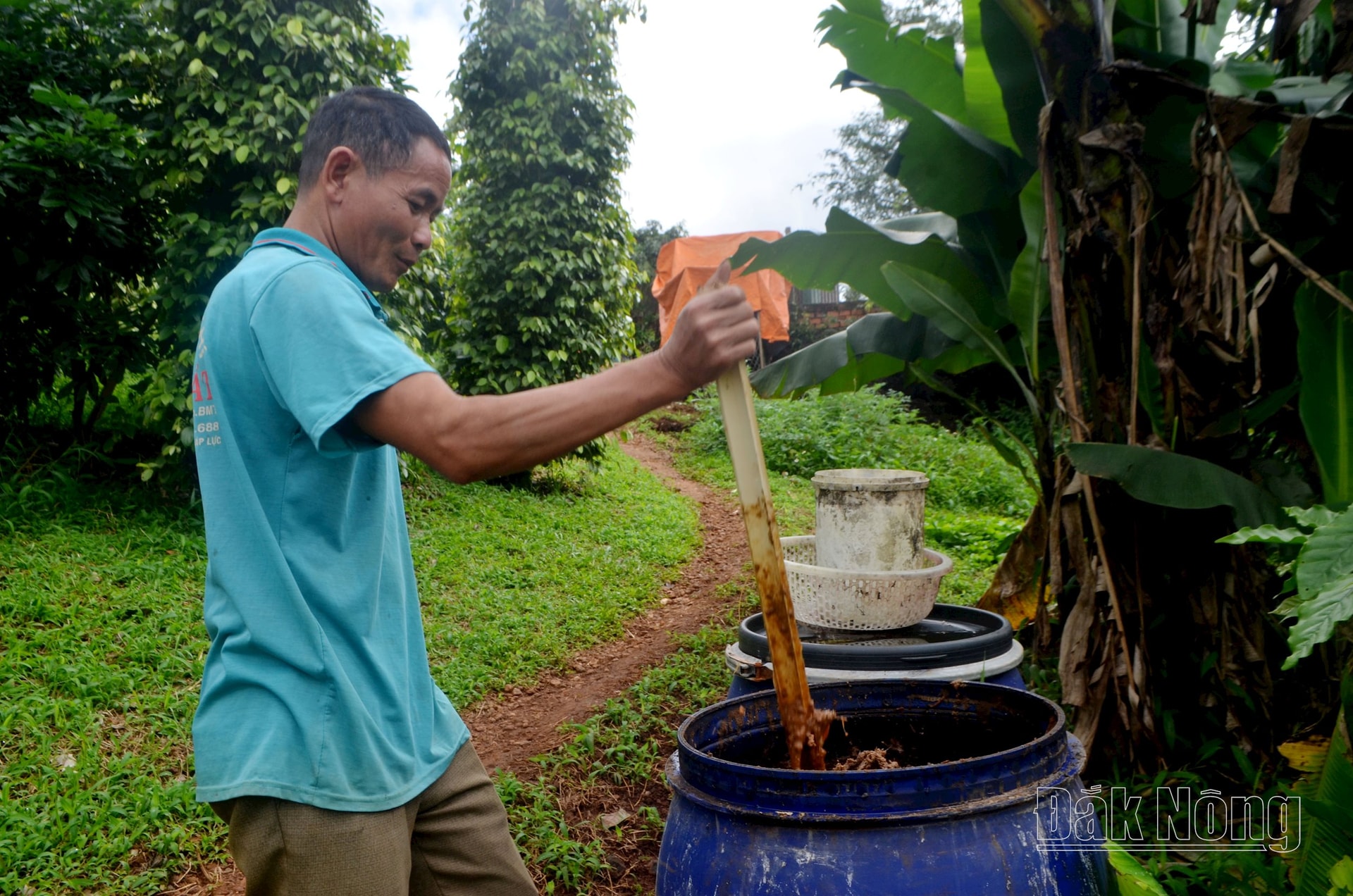
After performing the garden cleaning steps as above, he fertilizes the pepper with a pre-composted fish protein mixture and watered it regularly to help the plants recover quickly.
At this time, Mr. Pham Thuan's family, village 7, Dak Ha commune, Dak Glong district (Dak Nong) is focusing on taking care of the pepper garden after harvest. With nearly 10 hectares of pepper cultivated according to organic certification processes, post-harvest care takes a lot of effort.

His family cleaned the garden, pruned branches, weeded, watered, and fertilized. Mr. Thuan cut off vines, diseased branches, and small branches growing close to the ground.
According to Mr. Thuan, this helps the tree focus on nurturing the horizontal branches that produce fruit, making the tree airy, preventing pathogens and creating favorable conditions for the tree to differentiate flower buds.

Mr. Thuan affirmed: "Taking good care of pepper gardens after harvest will contribute to the health of the garden, creating a premise for the flowering and fruiting stages, and preventing dangerous diseases such as quick death and slow death."
According to the leader of Dak Nong Agricultural Development Department, post-harvest pepper care plays an important role and significance for the plant's resistance, especially in the current changing weather conditions.
Farmers are promoting the application of integrated pest management (IPM) and scientific and technical advances in production right from the beginning of the season to cut off the source of pests and diseases spreading to the next season.
During this period, in general, farmers need to let the pepper plants dry out and have time to sleep, rest, and differentiate flower buds. However, farmers should not neglect care, and should not expose the pepper roots to the sun, which will make the plants lose strength and become susceptible to fungal diseases later on.
People also need to use covering materials and root covers to effectively prevent drought; need to maintain moderate humidity, provide enough nutrients on-site, and promptly for plants.

Farmers should balance the types and amounts of fertilizers, paying attention to using more biological and microbial fertilizers because plants can easily absorb them in dry conditions.
By doing this, when the new flowering and fruiting season comes, the pepper plant will be ready to resist disease, especially in the rainy season, and grow fruit better.
Dak Nong pepper acreage ranks first in the Central Highlands and the whole country with 34,000 hectares. The average pepper yield of the province is about 2.4 tons/ha, the total annual output is about 70,000 tons.
Mr. Ngo Xuan Dong, Deputy Director of the Department of Agriculture and Environment of Dak Nong, said that through monitoring by the functional sector, in recent years, farmers' techniques for taking care of pepper gardens have become increasingly stable. The good news is that the trend of sustainable production, organic farming, and natural farming is increasingly being replicated by people.
Dak Nong currently has over 2,200 hectares of pepper that meet international standards such as Flo, Rainforest; 600 hectares of organic certification; 300 hectares of pepper that meet VietGAP certification.
The province continues to promote solutions for sustainable pepper development associated with linkage chains and product lines between farmers, cooperatives, businesses, especially large spice businesses in the world to improve quality and value.
Source: https://baodaknong.vn/dien-tich-ho-tieu-lon-nhat-nuoc-dak-nong-lam-gi-sau-vu-thu-hoach-247361.html



![[Photo] Prime Minister Pham Minh Chinh chairs meeting after US announces reciprocal tariffs](https://vstatic.vietnam.vn/vietnam/resource/IMAGE/2025/4/3/ee90a2786c0a45d7868de039cef4a712)
![[Photo] A brief moment of rest for the rescue force of the Vietnam People's Army](https://vstatic.vietnam.vn/vietnam/resource/IMAGE/2025/4/3/a2c91fa05dc04293a4b64cfd27ed4dbe)
![[Photo] Prime Minister Pham Minh Chinh chairs the first meeting of the Steering Committee on Regional and International Financial Centers](https://vstatic.vietnam.vn/vietnam/resource/IMAGE/2025/4/3/47dc687989d4479d95a1dce4466edd32)
![[Photo] General Secretary To Lam receives Japanese Ambassador to Vietnam Ito Naoki](https://vstatic.vietnam.vn/vietnam/resource/IMAGE/2025/4/3/3a5d233bc09d4928ac9bfed97674be98)
![[Photo] Ho Chi Minh City speeds up sidewalk repair work before April 30 holiday](https://vstatic.vietnam.vn/vietnam/resource/IMAGE/2025/4/3/17f78833a36f4ba5a9bae215703da710)
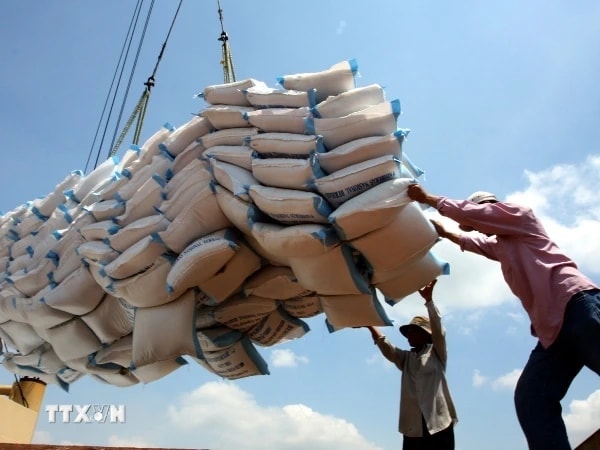

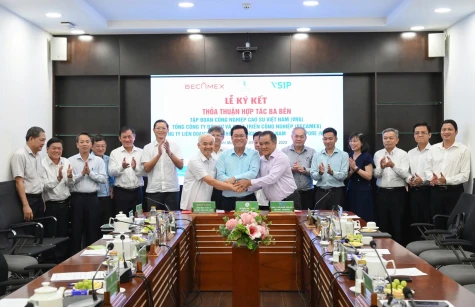

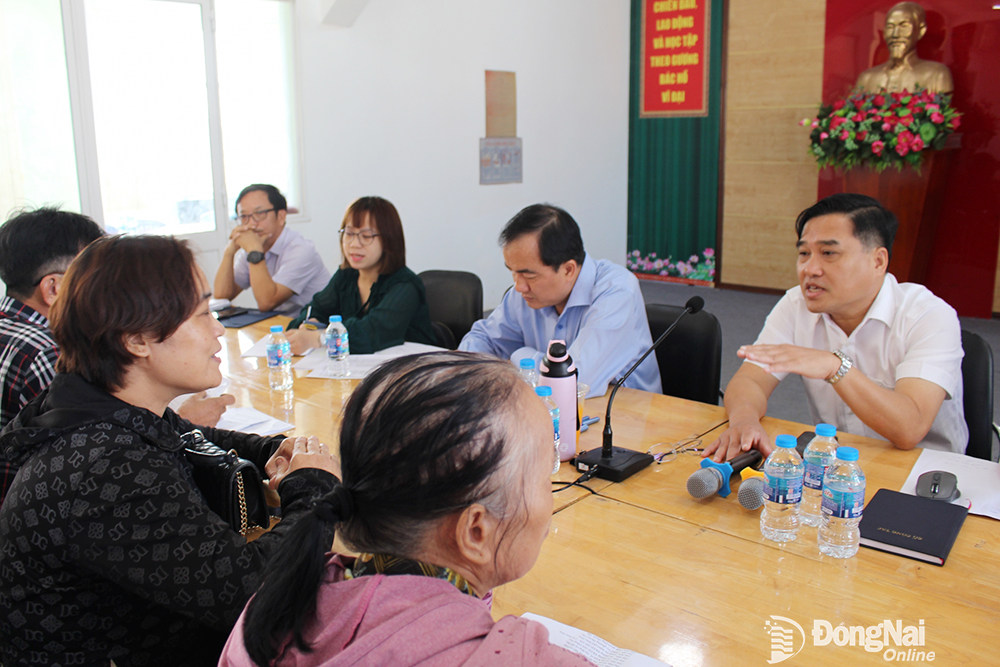
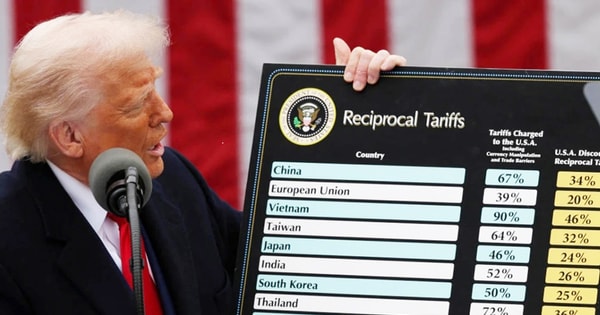




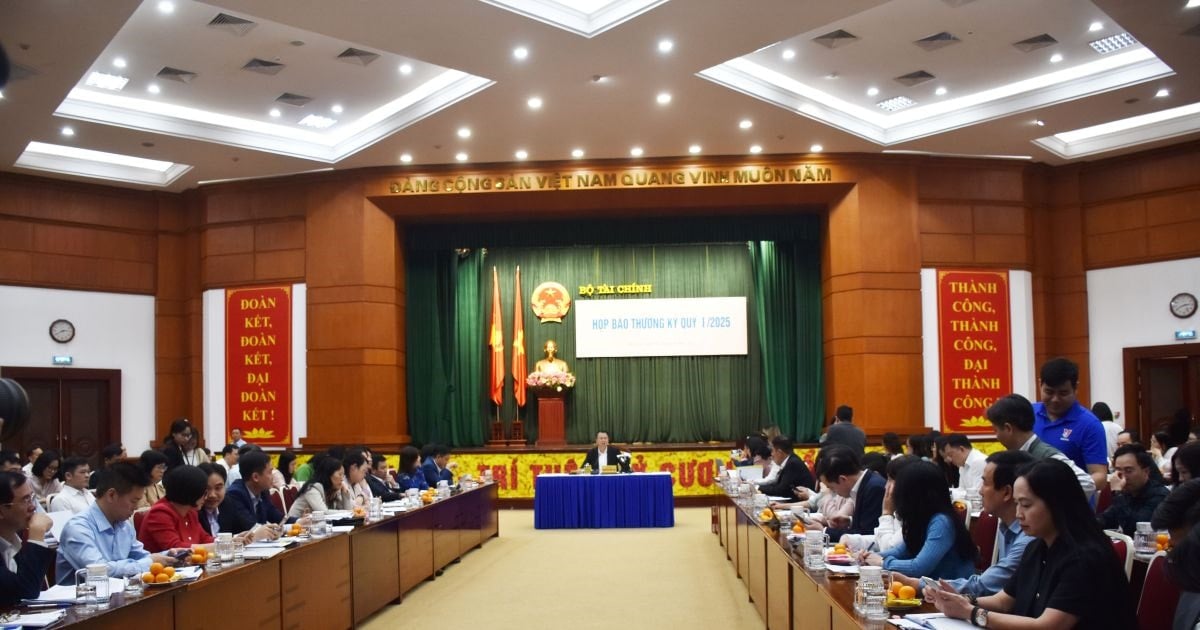
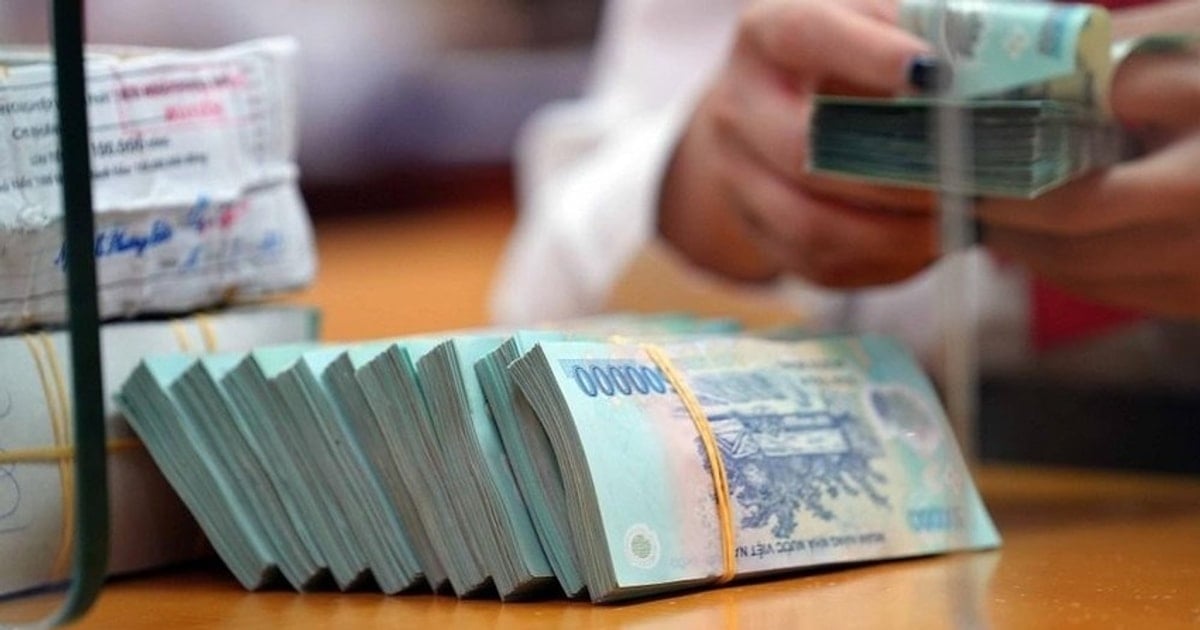

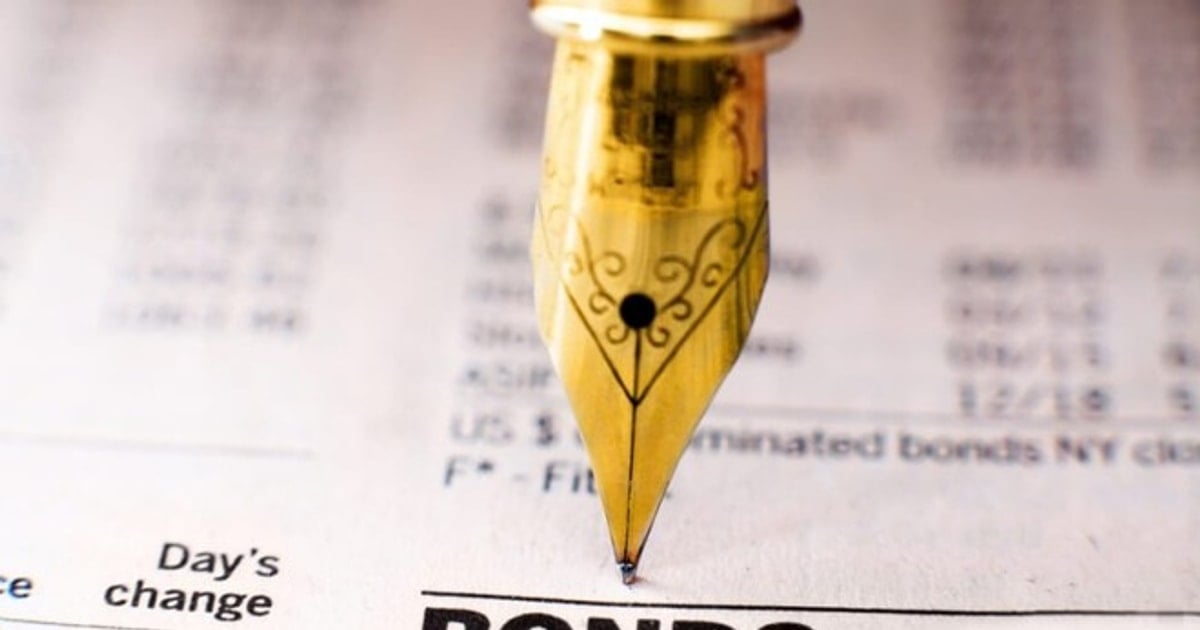















































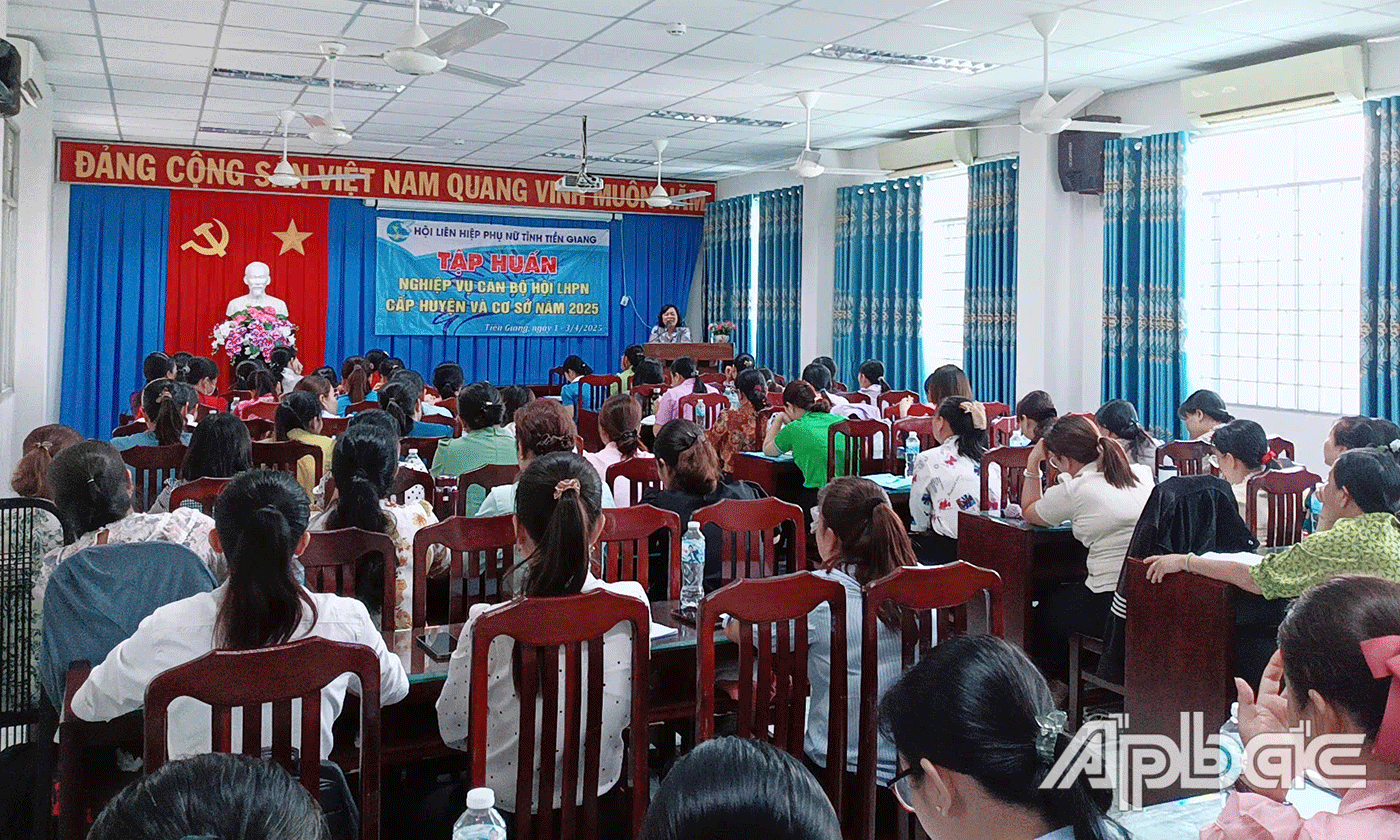


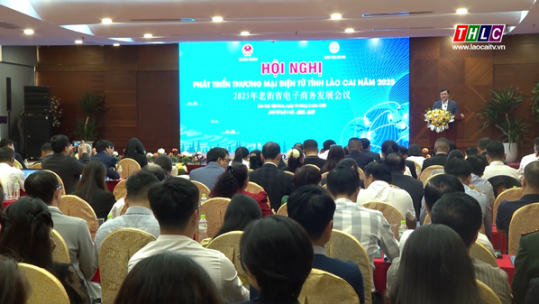
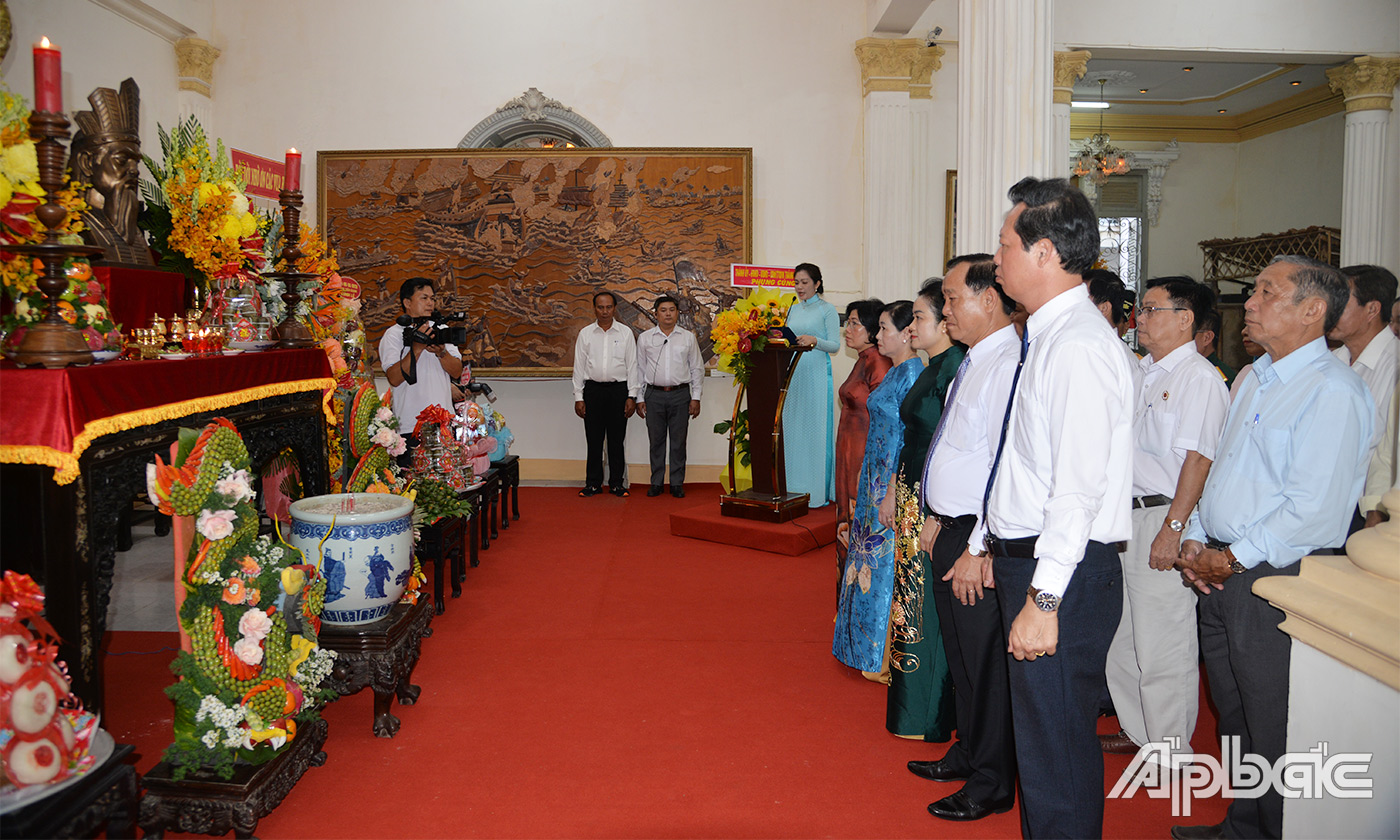
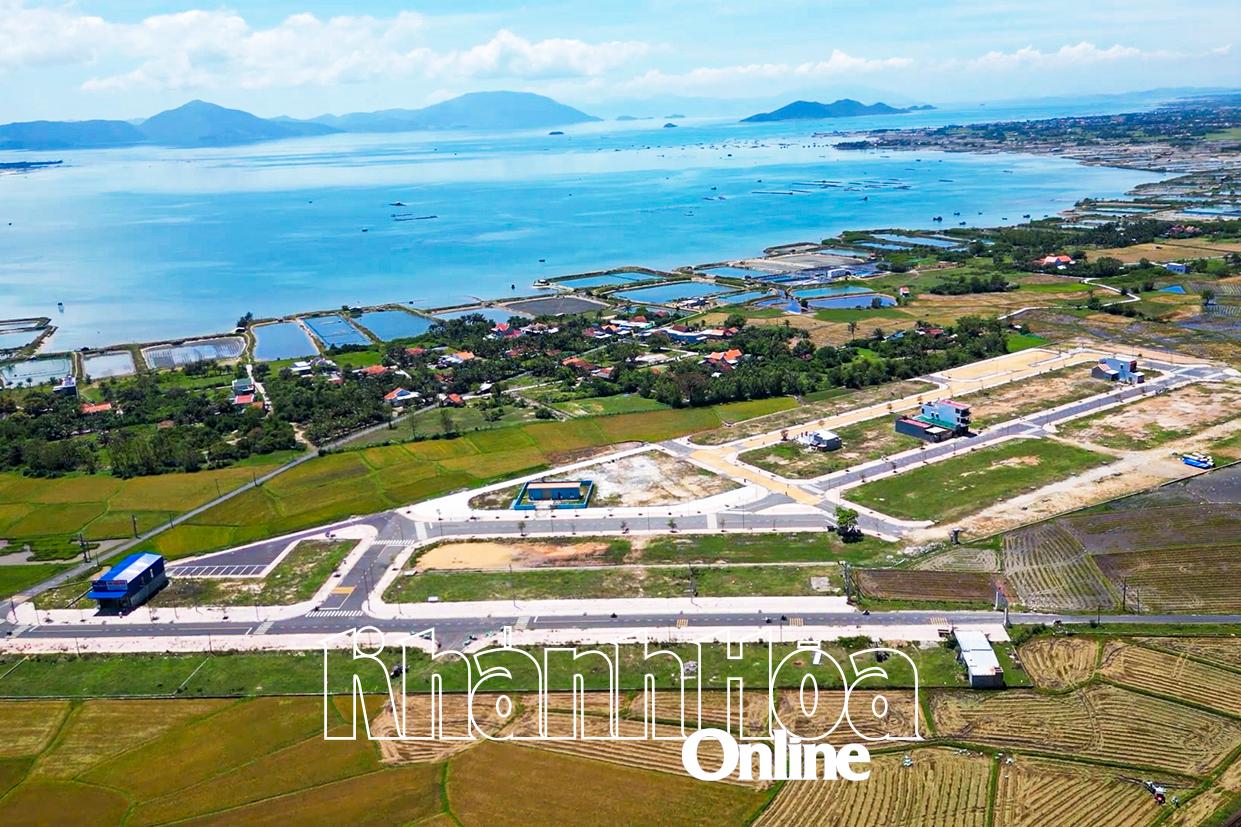












Comment (0)